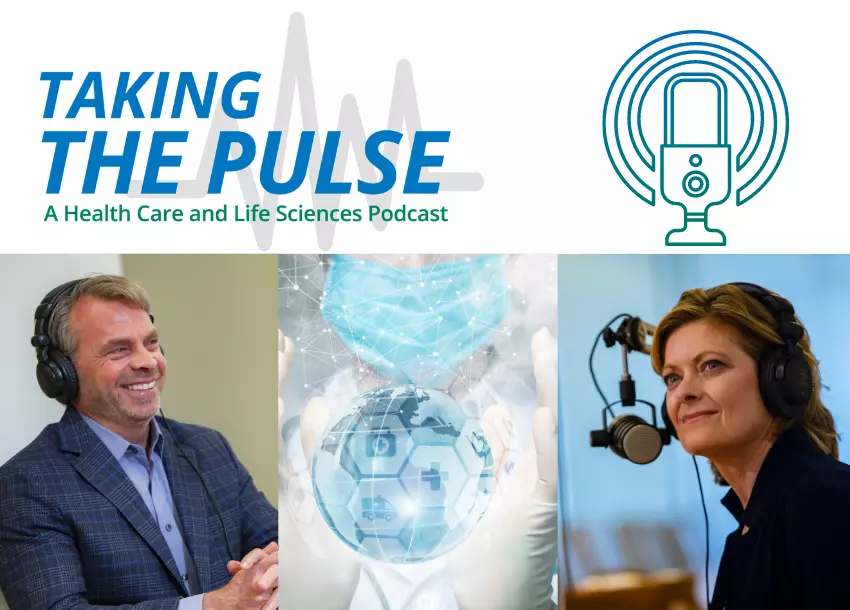SECURE Act Amendment Extension and SECURE Act 2.0: What Retirement Plan Sponsors Need to Know

Over the last few years, several pieces of legislation have made significant changes to the retirement plan landscape. As detailed in previous Maynard Client Alerts, the Coronavirus Aid, Relief, and Economic Security Act (“CARES Act”), the Bipartisan American Miners Act of 2019, and primarily, the Setting Every Community Up for Retirement Enhancement Act of 2019 (“SECURE Act”) (collectively referred to herein as the “Acts”) included several provisions that plan sponsors can and/or must implement in connection with their retirement plans for the benefit of their employees and plan participants.
Originally, the deadline for plan sponsors to amend their retirement plans to reflect changes made under the Acts was December 31, 2022; however, the Internal Revenue Service (“IRS”) recently extended the deadline to adopt these amendments for most plan sponsors until December 31, 2025.
Specifically, nongovernmental qualified plans and 403(b) plans now have until December 31, 2025, and governmental plans generally have until 90 days after the close of the third regular legislative session that begins after December 31, 2023, to make the following mandatory and discretionary amendments under the Acts, as applicable:
- Increase the age for required minimum distributions (“RMDs”) from age 70 ½ to 72 for individuals who attain age 70 ½ after December 31, 2019.
- Eliminate the ability of certain non-spousal beneficiaries to stretch RMDs over more than ten (10) years.
- Expand eligibility for long-term, part-time employees (i.e., those with at least 500 hours of service a year for three (3) consecutive years) to make 401(k) plan contributions.
- Add penalty-free, in-service distributions related to childbirth and adoption.
- Increase the maximum automatic deferral percentage under a qualified automatic deferral arrangement from 10% to 15% of compensation.
- Provide for in-service distributions beginning at age 59 ½.
- Waive 2020 RMDs.
Notably, this extension does not cover discretionary CARES Act amendments related to coronavirus-related distributions, increased plan loan limits, and plan loan repayment suspensions. Plans that administratively implemented those changes in 2020 must adopt plan amendments reflecting such changes by December 31, 2022.
The IRS’s amendment extension is largely due to the anticipated passage of the “SECURE Act 2.0,” which will result in additional discretionary and mandatory changes to retirement plans and impact some of the SECURE Act’s retirement plan provisions. The final version of the SECURE Act 2.0, which is expected to be a combination of similar House and Senate committee-approved bills, is predicted to pass in late 2022. The following are some of the expected retirement plan provisions of the SECURE Act 2.0:
- Increase the RMD age from 72 to 73 by 2022, to 74 by 2029, and to 75 by 2032.
- Further expand eligibility for long-term, part-time employees to make 401(k) plan contributions by lowering the service requirement from three (3) years to two (2) years.
- Require newly-created 401(k) and 403(b) plans to automatically enroll all new, eligible employees at a 3% contribution rate that would be increased annually until it reaches 10%. Employers with current 401(k) plans, companies that are less than three (3) years old or that employ ten (10) or fewer people, and church and governmental plans would be exempt.
- Allow people from age 62 to 64 to contribute an additional $10,000 to their 401(k) or 403(b) plans, or an additional $5,000 to SIMPLE IRA plans instead of the current limits of $6,500 and $3,000, respectively.
- Allow employees who are making payments on their student loans (but not contributing to their retirement plans) to be able to get employer matching contributions, which would match the amount of the student loan payment up to a certain percentage of the employee’s salary.
- Create a national database for Americans to find lost retirement accounts, expand self-correction opportunities, and allow certain 401(k) participants and IRA owners to withdraw funds without being subject to the 10% early distribution penalty.
The changes and enhancements listed just above just briefly summarize some of the proposals in the SECURE Act 2.0 with many more contained in the anticipated final version. Our firm's Employee Benefits Practice will continuously monitor the progress of the SECURE Act 2.0 as it takes its final shape. Upon the passage of the SECURE Act 2.0, retirement plan sponsors will have to reevaluate changes to their plans and identify needed amendments or modifications prior to amendment deadlines. Please reach out to a member of Maynard’s Employee Benefits Practice if you have any questions, or if you would like to review and update your plan in light of the recent changes in the retirement plan landscape.
About Maynard Nexsen
Maynard Nexsen is a full-service law firm of nearly 600 attorneys in 31 locations from coast to coast across the United States. Maynard Nexsen was formed in 2023 when two successful, client-centered firms combined to create a powerful national team. Maynard Nexsen’s list of clients spans a wide range of industry sectors and includes both public and private companies.
Related Capabilities







